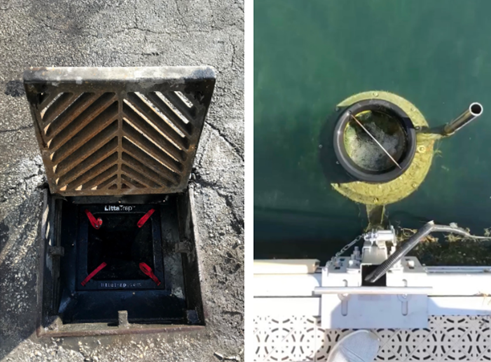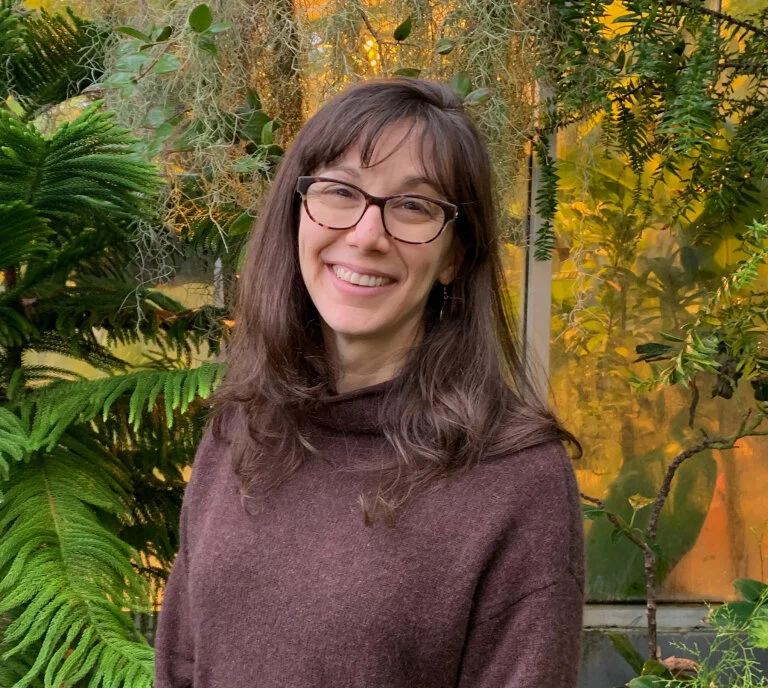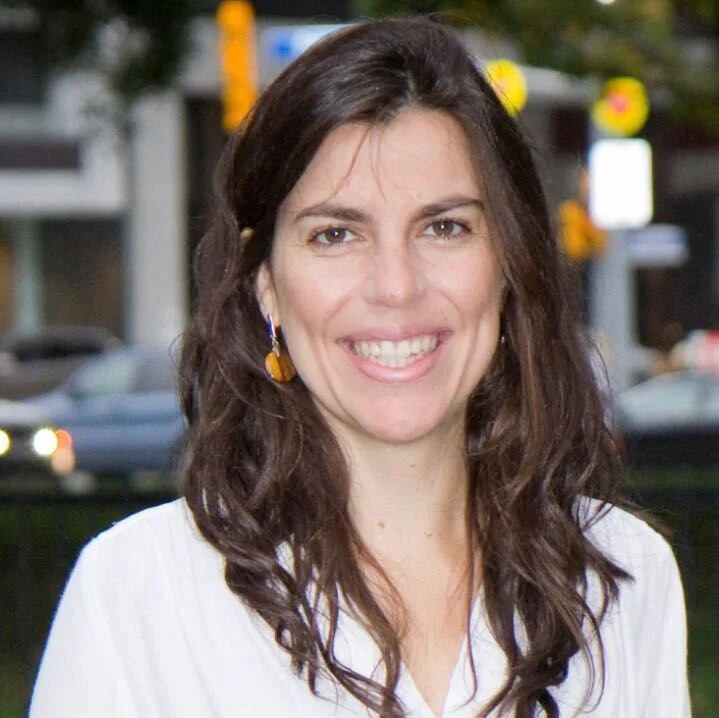U of T Trash Team
An Interview with Cassandra Sherlock
Littatrap (left), and Seabin (right)
Image source: https://rochmanlab.com/resources-for-trapping-trash/
Q: Tell me about the U of T Trash Team!
A: The U of T Trash Team was cofounded in 2017 and is a science-based community outreach group focused on reducing plastic waste with trash trapping technologies like seabins, litta-traps and more. It was founded by Chelsea Rochman, Susan Debreceni and Rafaela Gutierrez. The organization aims to educate and engage the community in plastic waste reduction, through a combination of school programs, community litter cleanups, workshops, and solution-based research. In their waste-literacy education section of their site, there are four gr. 5 waste literacy lesson plans created, that are available to educators. Lesson plan topics include: Plastic Cycle, Watersheds & their Relationship to Litter, Impacts of Plastic on Ecosystems and solutions to plastic pollution.
The U of T trash team is partnered with PortsToronto, and works with the Great Lakes Plastic Cleanup. There are 3 seabins at the Toronto Harbour- they are owned and maintained by PortsToronto, while the U of T trash team is in charge of analyzing the debris.
To learn more about the organization, access educational material or check out their current projects, visit their site at: https://rochmanlab.com/
Chelsea Rochman
Head of Operations and the Program Lead of Scientific Programming and Application
Susan Debreceni
Program Lead of Volunteer Engagement and Community Programs
Rafaela Gutierrez
Program Lead of Social Science and Educational Programs
Image Source: https://rochmanlab.com/trashteam/
Q: How did you get involved in the project? What’s your role?
A: Cassandra Sherlock is a U of T graduate, specializing in Ecology and Evolutionary Biology. During her studies, Cassandra worked as a research assistant in the Rochman Lab, assisting with projects and completing her own thesis project on microplastics found in tree swallow nestlings. At the U of T trash team, Cassandra is the Community Outreach and Research Specialist and focuses on the Solution-Based Research Programs like the Fighting Floatables in the Toronto Harbour and the Great Lakes Plastic Cleanup!
Cassandra Sherlock
Community Outreach and Research Specialist.
Image Source: https://rochmanlab.com/trashteam/
Q: What kind of work did you do with seabins this past summer?
A: The U of T Trash Team partnered up with PortsToronto in an effort to cleanup Toronto’s waterfront, deploying seabins at the Outer Harbour Marina in Toronto. Last summer, during the 19 weeks the 3 Seabins were deployed, they collected over 85 thousand small pieces of litter.
Visual audits are done when an individual walks along the shoreline and takes note of the litter they observe. This data identifies hotspot areas where pollution is most present and helps demonstrate where seabins should be placed to be the most effective.
Image Source: https://rochmanlab.com/floating-litter/
Q: Tell me about U of T Trash Team’s Seabin Protocol.
A: The U of T Trash Team has developed two protocols to analyze the litter collected by the Seabins. Both methods require some supplies- gloves, life jacket, pipe pole (or extension pole), a trash scale to weigh the debris, a tablet/phone/paper data sheets & pen. If you are logging data on a device, download the app Data Trapper, or print the data sheets off their site at the link below.
To begin the daily data protocol, you make sure the seabin’s power supply has been cut off. You use your pipe pole to carefully remove the catch bag from the bin. Once removed, set your pole aside and carefully shake out any access water. Use your scale to weigh the catch bag, and record this into the app or on your data sheet along with any other info it requests. After you have collected all of the data, dispose of the contents of the bag using your gloves and being careful as there can be sharp pieces of debris. Once emptied, use the pipe pole to set the catch bag back in the bin. Once in place, connect to the power source once again and you will see water enter and the catch bag go in place.
In order to get a deeper understanding of what type of litter the Seabin collects there is the intensive protocol. It follows the same steps but rather than disposing off the contents, you will carefully remove the debris from the bag, and separate the debris from plant material. Once separated, you weigh the anthropogenic debris, and set it aside. For the next step you will require a sieve, water, and a large bucket. Take the plant material and wash it in the bucket and repeat this process a few times. Then you carry out the French press technique where you place a circular sieve inside the bucket and push it down towards the bottom of the bucket. This separates the plant material from the small pieces of litter. It was noted that these small waste particles like to stick to plants or larger chunks of debris, so rinsing them can collect a surprising amount waste. Once completed, reweigh the material without the plants, and log it into the datasheet. Dispose of the waste and put the catch bag back in the bin as described above.
Learn more about the U of T Trash Team’s Protocol by visiting their website at: https://rochmanlab.com/resources-for-trapping-trash/
Image Source: https://rochmanlab.com/resources-for-trapping-trash/
Q: Why is it important to have uniform debris collection protocol?
A: If waste is collected with the same protocol and entered into the same system, we can use the combined information from community cleanups as well as waste-collecting technology data, to predict trends, identify hotspots, predict potential sources of plastic and help implement cleanup efforts in the right places. This data can be used to develop policies or support research, to make changes in how we handle water contaminants.
Image Source: https://rochmanlab.com/resources-for-trapping-trash/
Q: What is the U of T’s Trash Teams upcoming event?
A: On March 24th and 25th from 1pm-4:30pm EST, The U of T Trash Team is hosting a Trapping Trash workshop for those who are interested in getting their own trash trapping device or those interested in starting their own plastic collection project. Here they hope to inspire stakeholders to collaborate together and create their own trash trapping projects, where they can build a network of teams across the globe to measure the collaborative impact against plastic pollution.
To learn more about their upcoming workshop, visit their webpage at: https://rochmanlab.com/trappingtrashworkshop/
Image Source: https://rochmanlab.com/trappingtrashworkshop/









